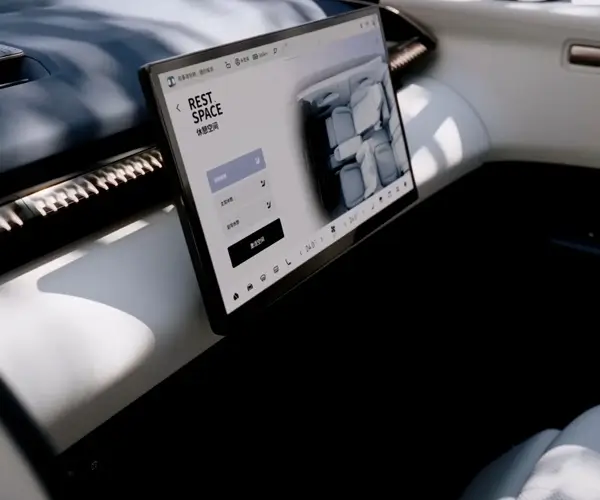Unveiling the Power of Precision: Exploring the World of Motor DC Gearbox 1/48
In a world where technology continually shrinks to fit into smaller, smarter, and more efficient designs, the humble motor has evolved into something extraordinary. Among the many innovations shaping modern engineering, the motor DC gearbox 1/48 stands out as a marvel of micro-mechanical precision. Whether you’re an enthusiast in robotics, model building, or miniature automation, understanding these tiny yet powerful devices can unlock amazing possibilities.

The Beauty of Compact Power
Imagine a motor the size of a small coin, capable of turning gears with an accuracy that rivals larger machinery. The motor DC gearbox 1/48 is exactly that—a miniature gear motor designed for applications where space is at a premium but performance cannot be compromised. Its designation “1/48” refers to the gear reduction ratio, meaning the motor’s rotation speed is divided by 48, providing increased torque and controlled motion.
The appeal of these gearboxes lies in their remarkable balance between size, efficiency, and torque output. Their dimensions typically hover around a few millimeters, making them an ideal choice for miniature robotics, drones, precise medical devices, remote-controlled cars, and even intricate model waterfalls or kinetic sculptures.
Design and Components
At their core, these tiny gearboxes consist of several fundamental components working harmoniously:
Micro DC Motor: The heart of the system, it converts electrical energy into rotational motion. Despite its small size, it delivers enough power for delicate tasks, thanks to advances in motor coil design and magnetic materials.
Gear Train: The core feature that achieves the 1/48 reduction ratio. Usually comprising a series of small gears—worm gears, spur gears, or planetary configurations—the gear train reduces the output speed significantly while increasing torque.
Output Shaft: The interface for attaching wheels, propellers, or other mechanical parts, enabling the motor to drive the intended load.
Housing: A durable, lightweight casing that protects internal components while ensuring smooth gear meshing and minimal resistance.
Engineering Marvels and Manufacturing Precision
Manufacturing a 1/48 DC gearbox involves meticulous precision engineering. Tiny gears must be machined or stamped with exact dimensions to ensure smooth operation and longevity. Advances in microfabrication techniques—like micro-milling, laser cutting, or injection molding—have made it possible to produce these gearboxes at scale with consistency.
Furthermore, these gearboxes frequently utilize high-quality lubricants or digital-optimized gear tooth designs to reduce friction and wear, prolonging their life even under demanding operation cycles.
Advantages of the 1/48 Gear Ratio
The 1/48 gear ratio isn’t arbitrary; it’s a carefully selected value tailored for specific performance characteristics:
Enhanced Torque: Nut-no larger than a sesame seed, these gearboxes can provide enough torque to move small loads or drive sensors effectively.
Speed Control: They moderate the motor’s high rotational speeds into slower, more manageable velocities suitable for precise control.
Efficiency and Power Savings: The gear reduction reduces power wastage, resulting in longer battery life—crucial for battery-powered miniature devices.
Precision and Repeatability: Perfect for applications requiring consistent motion over extended periods.
The Materials Behind Miniature Resilience
Material choices are key to the durability of these gearboxes. Gears are often made from plastics like polycarbonate or nylon, providing a lightweight yet durable option with good wear resistance. For higher loads or longer service life, engineers may use metal gears from brass or zinc alloys.
The motor windings typically use copper coils, optimized for minimal resistance, while the housing might be made of reinforced plastics or even lightweight metals. Such choices balance weight, cost, and performance.
Applications in Today’s Innovation Ecosystem
From educational kits to high-end industrial robots, the motor DC gearbox 1/48 frequently plays a pivotal role. Its applications include:
Miniature Robots: Allowing small robots to walk, crawl, or manipulate objects precisely.
Drones and Quadcopters: Powering tiny propellers with smooth, controlled rotations.
Model Vehicles: Enabling scale models to drive with realistic speeds and torque.
Medical Devices: Operating miniature pumps, valves, or surgical tools.
Kinetic Art: Driving moving sculptures or display mechanisms where small size is essential.
Customization and Future Trends
Not all gearboxes are created equal. Many manufacturers offer customization options such as different gear ratios, shaft configurations, or materials to meet specific client needs. This flexibility is fueling innovation by enabling designers to optimize their projects for weight, speed, or durability.
Looking ahead, ongoing advancements in microfabrication, materials science, and automation are likely to make these gearboxes even more efficient, longer-lasting, and adaptable. The integration of smart sensors and IoT capabilities could also see future models equipped with feedback systems, making miniature automation smarter than ever.
Stay tuned for the next installment, where we’ll explore the specific applications, troubleshooting tips, and insights into choosing the best motor DC gearbox 1/48 for your innovative project.
Leveraging innovations in modular drive technology, Kpower integrates high-performance motors, precision reducers, and multi-protocol control systems to provide efficient and customized smart drive system solutions.




































